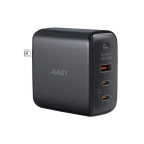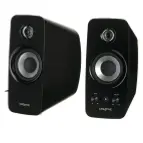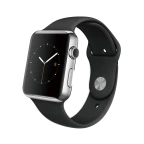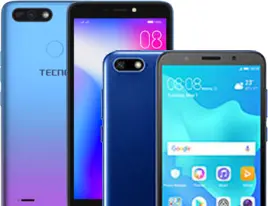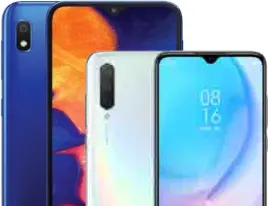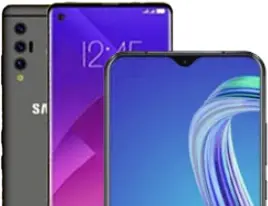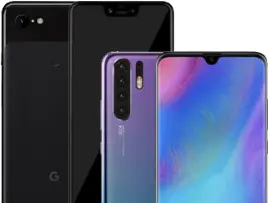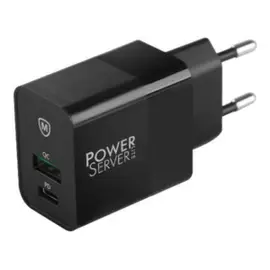- 1 YearApple PK Warranty
- PTA ApprovedMobiles
- Packaging VideoSee Your Product
- Fast Delivery All Over Pakistan
Specifications
- 6.1 inchesDisplay
- 128GB 3GB RAM 256GB 3GB RAMRAM
- 294211.16 mAhBattery
- 12 MPBack Camera
| General Features | |
|---|---|
| Release Date | 01 Jan 2018 |
| SIM Support | Single SIM (Nano-SIM and/or eSIM) or Dual SIM (Nano-SIM, dual stand-by) - for China |
| Phone Dimensions | 5.94 x 2.98 x 0.33 in |
| Phone Weight | 194 g |
| Operating System | iOS 12, upgradable to iOS 13.3 |
| Display | |
|---|---|
| Screen Size | 6.1 inches |
| Screen Resolution | 828 x 1792 pixels |
| Screen Type | Liquid Retina IPS LCD capacitive touchscreen, 16M colors |
| Screen Protection | Scratch-resistant glass, oleophobic coating |
| Memory | |
|---|---|
| Internal Memory | 64GB |
| RAM | 128GB 3GB RAM 256GB 3GB RAM |
| Card Slot | No |
| Performance | |
|---|---|
| Processor | Hexa-core (2x2.5 GHz Vortex + 4x1.6 GHz Tempest) |
| GPU | Apple GPU (4-core graphics) |
| Battery | |
|---|---|
| Type | Non-removable Li-Ion 2942 mAh battery (11.16 Wh) |
| Camera | |
|---|---|
| Front Camera | 7 MP |
| Front Flash Light | No |
| Front Video Recording | 1080p@60fps |
| Back Flash Light | Yes |
| Back Camera | 12 MP |
| Back Video Recording | 2160p@24/30/60fps, 1080p@30/60/120/240fps, HDR, stereo sound rec. |
| Connectivity | |
|---|---|
| Bluetooth | Yes |
| 3G | Yes |
| 4G/LTE | Yes |
| 5G | null |
| Radio | No |
| WiFi | Yes |
| NFC | Yes |
Highlights
The most ‘affordable’ offering from this year’s line-up of iPhones, the iPhone XR offers almost the same features as the iPhone XS and the iPhone XS Max, but at a significantly lower price. The XR is a premium phone in its own right. It definitely looks and feels like something you would expect from Apple. That being said, the XR gives consumers the opportunity to get their hands on the latest technology from Apple, while saving around 250 dollars or around 30,000 rupees. This might just make it the best-selling iPhone this year. All in all, the iPhone XR will set you back around 750 dollars, or around Rs. 100,000, when Apple starts accepting preorders on October 19. The first shipments are scheduled for around the end of that month which means it could take November to reach Pakistan.
Affordable doesn’t means cheap
In terms of design, the iPhone XR may not be quite as impressive as its more expensive stablemates, the iPhone XS and the iPhone XS Max, but it’s still no slacker. The design is based on last year’s iPhone X, meaning we get a pane of tempered glass front/back and a metal frame acting as the skeleton that holds everything together.
The metal frame on the iPhone XR is a precision machined anodized piece of aero grade aluminum instead of the fancier polished stainless steel one found on its more expensive siblings. The front features an almost edge to edge screen with a notch to facilitate the sensors and front facing camera. At the back, the iPhone XR has a single main camera with a flash, with the apple logo in the center of course.
Where the iPhone XR outshines both the iPhone XS and the iPhone XS Max is the variety of spectacular color options it comes in. Among the gorgeous colors on offer are blue, white, black, yellow, coral, and a special red which is used in different products to raise awareness about HIV/AIDS known as Product Red. Apple uses a special seven layer color process to get that beautiful depth and richness which makes the iPhone XR a thing to behold.
The iPhone XR comes in at 150.9mm x 75.7mm x 8.3mm, meaning it’s a little bigger than the iPhone XS and a little smaller than the XS Max, which makes it the perfect size for most people. It’s 0.6mm thicker than both of those devices though. It’s rated at a waterproof rating of IP67 as compared to the XS duo’s IP68, so it can stay under 1 meter of water for 30 minutes without harm. The others can do 2 meters, but we don’t think anyone will purposefully attempt that.
As good an LCD as you can get
The screen, it seems, is where Apple tried to save the most money on the iPhone XR. It’s a 6.1 inch LCD Liquid Retina HD display with a resolution of 1792 x 828 pixels and a pixel density of 326 pixels per inch. It also doesn’t stretch quite as much to the edges as the XS and the XS Max. Apple claims it to be the most advanced LCD screen in the industry making it an excellent screen. It has a high colour accuracy and provides a good user experience. The HDR capabilities are missing although it does retain TrueTone abilities to cater to the user’s surroundings.
With snaps like these, who needs a dual camera?
Another cost saving measure to keep the price down on the iPhone XR is the presence of a single camera sensor at the rear rather than the dual sensor setups in the iPhone XS and XS Max.
It’s a 12 MP unit with an aperture of f/1.8, making it a wide angle lens. This is the same wide angle lens found on the XS. It features optical image stabilisation but there is no optical zoom so the user has to rely on digital zoom (5x) which lowers picture quality. The lack of a second sensor doesn’t hold back the iPhone XR too much, however. There is still an excellent portrait mode, with three lighting effects instead of the five found on the XS, with advanced bokeh and Depth Control after the picture has been taken (this relies heavily on the software on the XR).
It still retains the SmartHDR and other such features, largely thanks to having the same chipset that makes this wizardry possible on the iPhone XS and the iPhone XS Max. It can even take panoramas at up to 63 MP, so the user isn’t left wanting for much more. Regardless of the missing sensor, the iPhone XR’s video recording capabilities are on par with its more expensive siblings. It can capture 4K quality video at 60 fps as well as a slow-mo feature that runs at up to 240 fps at 1080p quality.
Coming to the front, we have the same 7MP TrueDepth camera found on this year’s other iPhones. It’s used to unlock the phone using the improved FaceID and also helps out in making Animojis. Expectedly, the selfies on the iPhone XR are brilliant. It has a portrait selfie mode which functions similarly to the regular portrait mode in providing lighting effects and depth control after the photos have been captured. Video calling isn’t bad either, with 1080p HD video capabilities at 60 fps.
We’re all the same inside, nearly
The internals of the iPhone XR are practically the same as the XS. All three feature Apple’s latest chipset, the A12 Bionic, with a next generation Neural Engine. The A12 Bionic features a new and improved 6 core CPU that’s 15% more powerful than the A11 while using 50% less power. The 4 core GPU also offers a huge 50% performance leap over last year’s chip, making games and other graphics intensive apps run a lot faster and smoother. The aforementioned next generation Neural Engine vastly increases the capacity of artificial intelligence and machine learning processes on the XR, allowing it to run exciting new virtual reality apps being developed right now.
The iPhone XR will come with 4 GB RAM and either 64 GB, 128 GB, or 256 GB of storage. The 512 GB of storage available on the iPhone XS and the XS Max will not be offered on the XR which shouldn’t bother you that much. All three iPhones this year do not feature any fingerprint scanning which means that TouchID is now also a thing of the past.
Apple iPhone XR pros:
- A big drop in price as compared to the XS and XS Max
- Retains the same excellent A12 Bionic chipset, giving it virtually the same processing capabilities
- Stunning finish on the back and available in many colours
- Size is almost perfect for most people
- Big screen if you’re one of the screen-savvy
Apple iPhone XR cons:
- Still quite expensive; despite being about 250 dollars cheaper than the iPhone XS, it’ll still set you back about a 100,000 rupees
- Slightly lower quality screen compared to its other siblings












